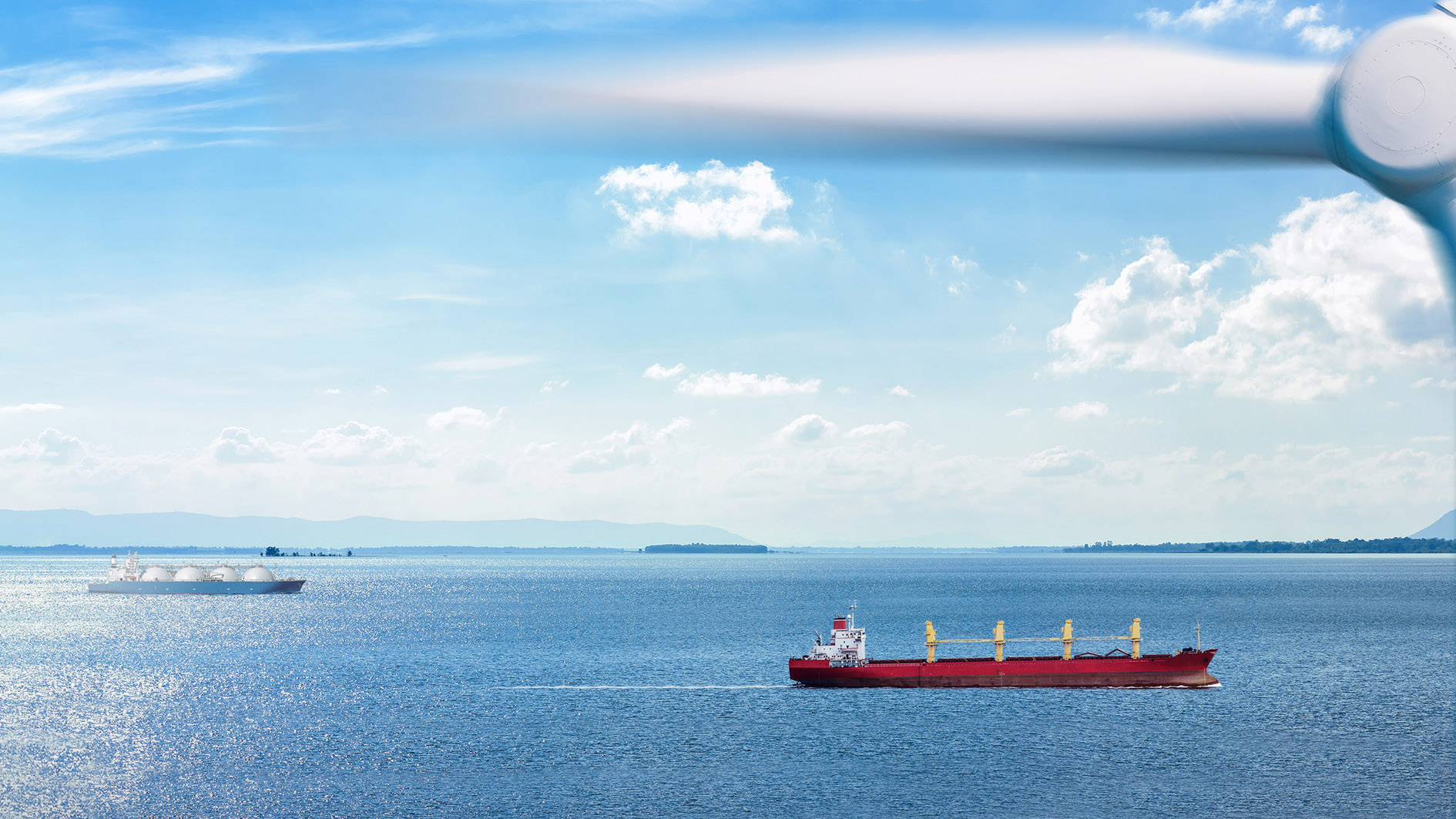Future fuels and decarbonisation now urgent, says DNV GL

The Maritime Forecast to 2050 is part of a suite of Energy Transition Outlook (ETO) reports produced by DNV GL (Source: DNV GL)
A multi-fuel future will develop over the next three decades, with fossil LNG gaining ground before new fuels including e-ammonia, blue ammonia and bio-methanol are adopted at the next stage of development. This is one of the main conclusions of DNV GL’s Maritime Forecast to 2050.
Launching the fourth edition of the report during a recent webinar, the classification society’s Knut Ørbeck-Nilssen stressed the need for urgency in reducing shipping’s greenhouse gas emissions, warning that without more progress, the issue could well be taken out of the industry’s control. Here, he referred to the European Parliament’s move to include shipping in the EU Emissions Trading Scheme.
The study analysed 30 separate scenarios and the risks and benefits of particular fuel choices. The scenarios are based on three decarbonisation settings – from doing nothing, to meeting the IMO’s ambitions by 2050, and thence to an even more ambitious timetable to meet a 2040 deadline. In the first scenario – one that experts insist is unacceptable – very low sulphur fuel oil, marine gas oil (MGO) and fossil LNG dominate.
In the other carbon footprint assumptions, these fuels lose market share as regulations tighten in 2030 or 2040. Bio-MGO, e-MGO, bio-LNG and e-LNG are adopted as drop-in fuels for existing ships. By the middle of the century, ship operators are likely to have turned to e-ammonia (made from sun, air and water), blue ammonia (produced traditionally but combined with carbon capture and storage), and bio-methanol (produced by gasification of organic matter or pyrolysis). Bio-methanol engines can be adapted from units running on LNG.
Ørbeck-Nilssen dismissed the three negatives associated with fossil LNG which, according to some, are reasons not to adopt it in the short term. First, although LNG and LPG are hydrocarbons, they offer significant carbon-reduction benefits immediately, ranging from 15 to 25%. Second, a perceived lack of infrastructure is rapidly disappearing as LNG bunkering infrastructure becomes available on all major trade routes. And third, engine manufacturers are successfully tackling the issue of methane slip.
The one main advantage of LNG today, he said, is that it is available in large quantities at attractive prices.
